Nitrogen
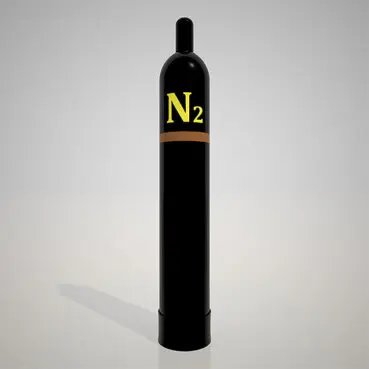
Nitrogen is a chemical element with the symbol N and atomic number seven. At room temperature, it is a colorless and odorless gas composed of diatomic molecules. Nitrogen ranks seventh by total mass in the Milky Way Galaxy and the Solar System and is considered one of the common elements in the universe. On Earth, this element is primarily found as gas molecules (N₂) and constitutes approximately 78% of the atmosphere. The element nitrogen was discovered as a separable component of air by Scottish physician Daniel Rutherford in 1772.
Many industrially important compounds, such as ammonia, nitric acid, organic nitrates (propellants and explosives), and cyanides, contain nitrogen. The extremely strong triple bond in elemental nitrogen (N₂) is a property of its chemical nature; this creates challenges for both organisms and industry in the process of converting N₂ into useful compounds. At the same time, a large amount of useful energy is released when these compounds burn, explode, or decompose back into nitrogen gas. Synthetically produced ammonia and nitrates are primary industrial fertilizers, and fertilizer nitrates are major pollutants that cause eutrophication in water systems (meaning the growth of blue-green algae with the help of biogenic elements, i.e., through nitrogen, potassium, phosphorus).
Since oxidation is harmful in an atmosphere containing carbon dioxide or mixed with carbon dioxide, nitrogen gas, which has many functions and does not react with it, creates an inert atmosphere to prevent the spoilage of packaged or bulk products (by preventing decay and rapid deterioration processes caused by oxidative effects). As a food preservative, nitrogen gas is designated with the E number E941 in the European Union.
General Uses of Nitrogen:
In incandescent lamps as a cost-effective alternative to argon.
In deep ultraviolet photolithography to prevent strong oxygen absorption.
Dried and pressurized, as a dielectric gas for high-voltage equipment.
In the production of stainless steel.
Used in some aircraft fuel systems to reduce fire hazard (see inerting system).
As a safety measure, in the ullage (headspace) of liquid explosives.
For filling automobile and aircraft tires due to its inertness, low moisture content, and lack of oxidizing properties compared to air.
Industrial Uses:
In incandescent lamps as a cost-effective alternative to argon.
In deep ultraviolet photolithography to prevent strong oxygen absorption.
Dried and pressurized, as a dielectric gas for high-voltage equipment.
In the production of stainless steel.
Used in some aircraft fuel systems to reduce fire hazard (see inerting system).
As a safety measure, in the ullage (headspace) of liquid explosives.
For filling automobile and aircraft tires due to its inertness, low moisture content, and lack of oxidizing properties compared to air.
Industrial Uses:
Nitrogen is used to protect flammable raw materials from any contact with oxygen. The use of nitrogen significantly reduces the risk of fire or explosion, ensuring the safety of materials.
In the food industry, nitrogen acts as a protective atmosphere preventing any contact between food products (e.g., potato chips, snacks) and oxygen, as oxygen can render these products unfit for consumption.
Liquid Nitrogen (-196°C) is used for flash freezing foods that can be rapidly cooled.
Environmental Impact:
In the food industry, nitrogen acts as a protective atmosphere preventing any contact between food products (e.g., potato chips, snacks) and oxygen, as oxygen can render these products unfit for consumption.
Liquid Nitrogen (-196°C) is used for flash freezing foods that can be rapidly cooled.
Environmental Impact:
Unlike air-filled tires, nitrogen-filled tires maintain pressure for a longer period. This, in turn, reduces the risks associated with underinflated tires and lowers fuel consumption.
Worn-out tires can be embrittled by contact with liquid nitrogen and then pulverized. These fragmented tires are then recycled instead of being incinerated.
Liquid Nitrogen is also used to prevent the release of Volatile Organic Compounds (VOCs) into the atmosphere, which can contribute to the formation of ground-level ozone. These compounds are used in industry as solvents or antioxidants. After being cryocondensed, these gases can be liquefied, compressed, and recycled to prevent their release into the air.
Medical Uses:
Worn-out tires can be embrittled by contact with liquid nitrogen and then pulverized. These fragmented tires are then recycled instead of being incinerated.
Liquid Nitrogen is also used to prevent the release of Volatile Organic Compounds (VOCs) into the atmosphere, which can contribute to the formation of ground-level ozone. These compounds are used in industry as solvents or antioxidants. After being cryocondensed, these gases can be liquefied, compressed, and recycled to prevent their release into the air.
Medical Uses:
Liquid nitrogen (-196°C) has long been used in medicine and research for the cryopreservation of blood, sperm, embryos, bone marrow cells, and other living tissue samples, with theoretically no limit to storage duration.
Liquid nitrogen is also used in dermatology, where it is considered a very effective method for treating non-infectious skin diseases and small benign skin lesions.
Liquid Nitrogen
Liquid nitrogen is nitrogen in a liquid state at an extremely low temperature. It is produced industrially by fractional distillation
Liquid nitrogen is also used in dermatology, where it is considered a very effective method for treating non-infectious skin diseases and small benign skin lesions.
Liquid Nitrogen
Liquid nitrogen is nitrogen in a liquid state at an extremely low temperature. It is produced industrially by fractional distillation
In cryotherapy for the removal of unsightly and potentially malignant skin lesions such as warts and actinic keratoses.
To store cells at low temperature for laboratory work.
In cryogenics.
In a cryophorus to achieve rapid freezing by evaporation.
As a backup nitrogen source in hypoxic air fire prevention systems.
As a source of very dry nitrogen gas.
For the preservation of tissue samples from surgical excisions for future study.
As a method of freezing water and oil pipes to work on them in situations where a valve is not available to block fluid flow to the work area, known as a "freeze plug" (this method is now often replaced by electric heat pumps for small diameter pipes).
As a method for processing remains in promession (an ecological burial method).
For cryonic preservation with the hope of future reanimation.
For shrink-fitting machinery parts together.
As a coolant for CCD cameras in astronomy.
To achieve high-temperature superconductivity to the required temperature in regulation-evaporation processes in the chemical industry, as well as to achieve high conductivity for pneumatic pump turbines.
To temporarily join mechanical parts during machine assembly (e.g., to increase the sensitivity of infrared homing heads of missiles like the Strela-3) and, in relation to computers, to allow the use of improved shrink-fitting for overclocking processors.
For simulating the vacuum of space in a vacuum chamber during thermal testing of spacecraft.
In food preparation, for example, to make ultra-smooth ice cream. (See also molecular gastronomy).
In empty containers where a certain amount of liquid nitrogen is injected to create pressure before sealing or capping.
As a novelty in drinks to create a smoky and bubbly "cauldron effect." (See liquid nitrogen cocktail).
As an energy storage medium.
For branding livestock (freeze branding).
Источники
To store cells at low temperature for laboratory work.
In cryogenics.
In a cryophorus to achieve rapid freezing by evaporation.
As a backup nitrogen source in hypoxic air fire prevention systems.
As a source of very dry nitrogen gas.
For the preservation of tissue samples from surgical excisions for future study.
As a method of freezing water and oil pipes to work on them in situations where a valve is not available to block fluid flow to the work area, known as a "freeze plug" (this method is now often replaced by electric heat pumps for small diameter pipes).
As a method for processing remains in promession (an ecological burial method).
For cryonic preservation with the hope of future reanimation.
For shrink-fitting machinery parts together.
As a coolant for CCD cameras in astronomy.
To achieve high-temperature superconductivity to the required temperature in regulation-evaporation processes in the chemical industry, as well as to achieve high conductivity for pneumatic pump turbines.
To temporarily join mechanical parts during machine assembly (e.g., to increase the sensitivity of infrared homing heads of missiles like the Strela-3) and, in relation to computers, to allow the use of improved shrink-fitting for overclocking processors.
For simulating the vacuum of space in a vacuum chamber during thermal testing of spacecraft.
In food preparation, for example, to make ultra-smooth ice cream. (See also molecular gastronomy).
In empty containers where a certain amount of liquid nitrogen is injected to create pressure before sealing or capping.
As a novelty in drinks to create a smoky and bubbly "cauldron effect." (See liquid nitrogen cocktail).
As an energy storage medium.
For branding livestock (freeze branding).
Источники
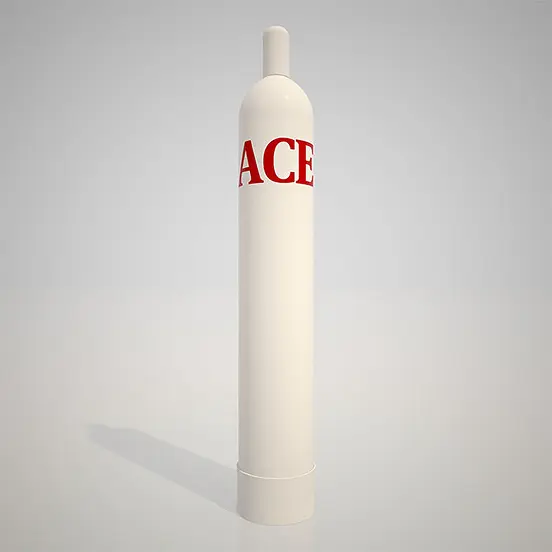
Acetylene (systematic name: ethyne) is a chemical compound with the formula C₂H₂.
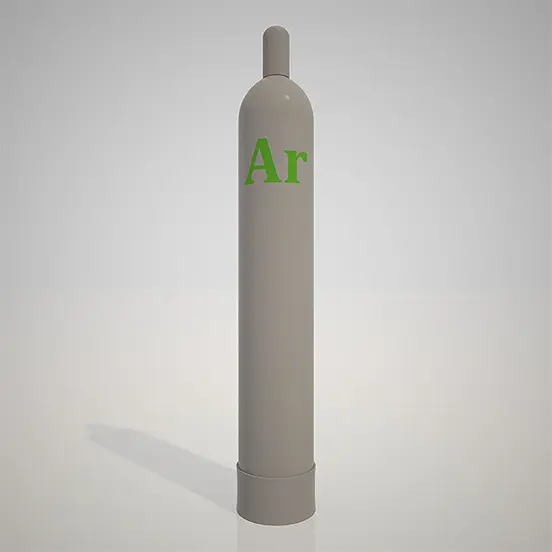
Argon is a chemical element with the symbol Ar and atomic number 18.
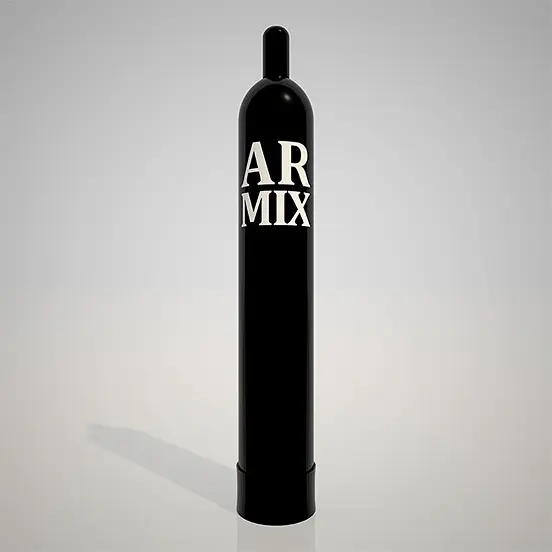
Argon-Carbon Dioxide C-50 (50% argon / 50% CO₂)
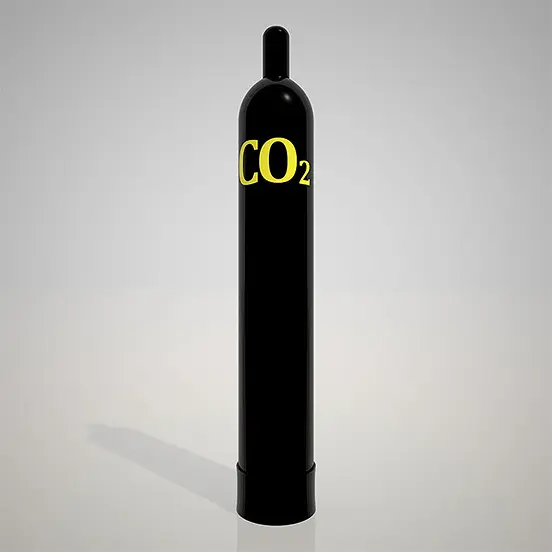
Carbon dioxide (chemical formula CO₂)
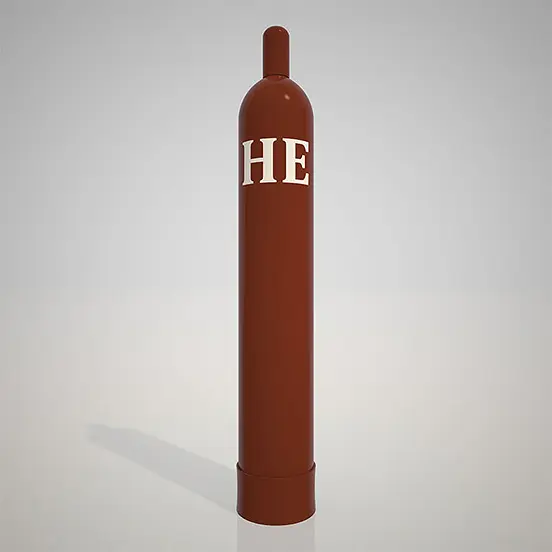
Helium is a chemical element with the symbol He and atomic number 2.
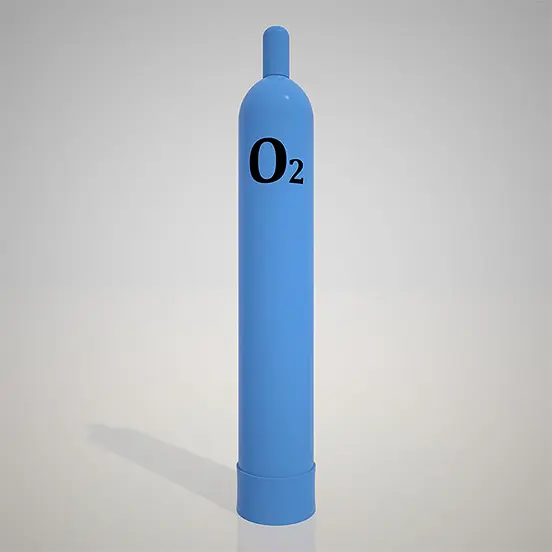
Oxygen is a chemical element with the symbol O and atomic number 8.
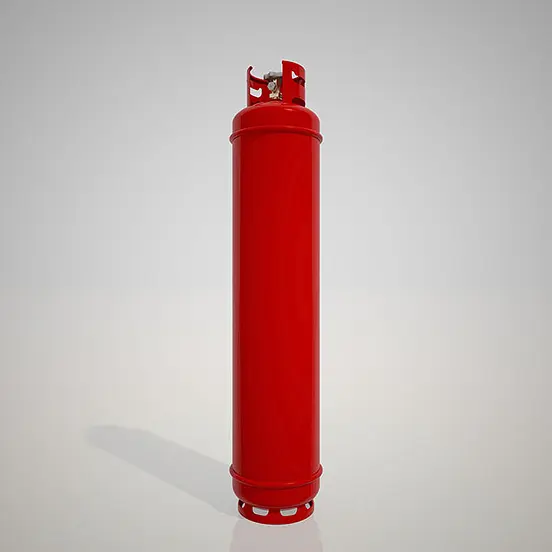
Propane (molecular formula C₃H₈) is an alkane with three carbon atoms.